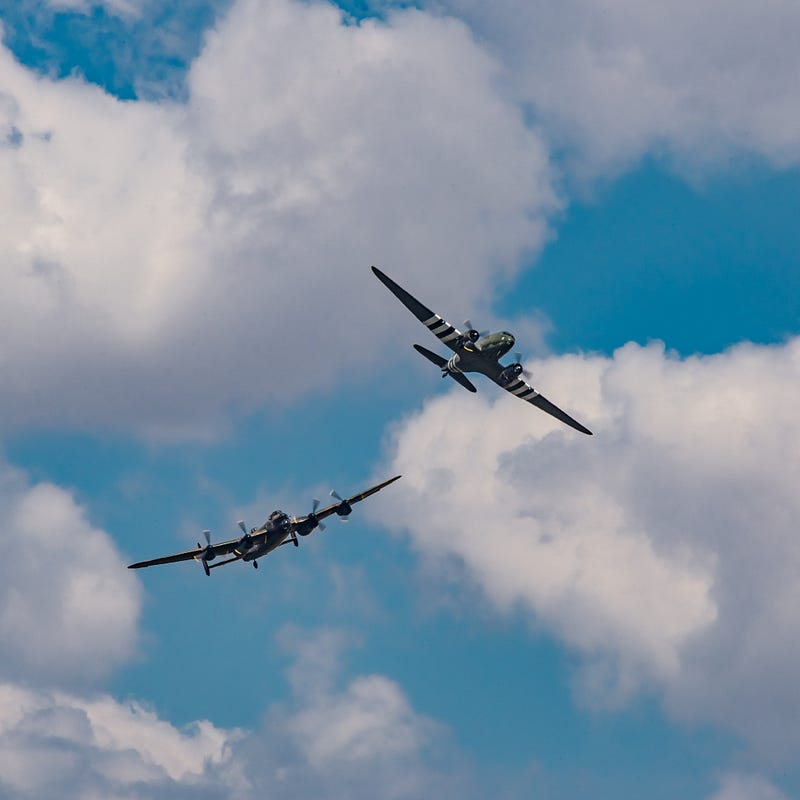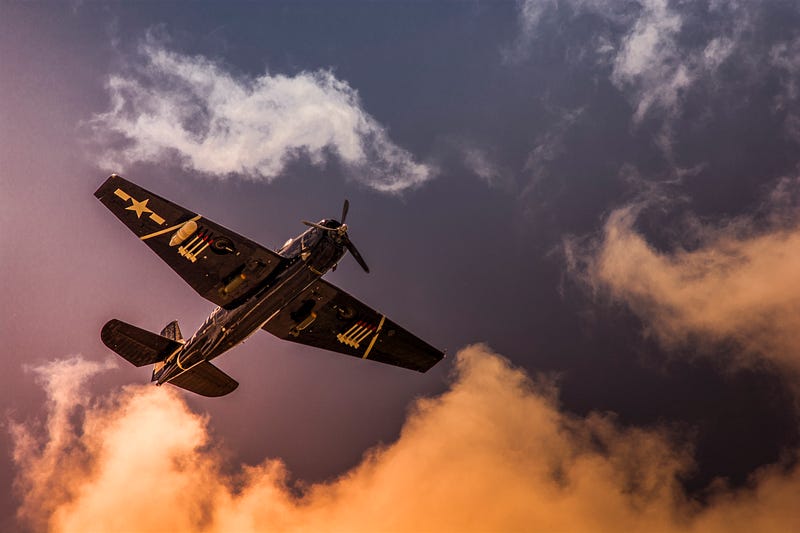
Dear Readers,
Thank you for coming here!
Army logistics engineer is not a totally new term to me.
They are featured in some war games.
And one of my former colleagues in consulting is a retired Army logistics engineer. She is a mother of two and had done 3 tours in Iraq before retirement.
But what they do and how valuable they are always seems blurry to me.
In games, I almost always prioritize combat troops and weapons production over infrastructure, fortress etc
When my former colleague tried to describe to me what they did in Iraq and why that mattered, I left with the impression (I probably refused to take in the full story like I used to do in my younger days) that they built houses for the soldiers to stay and improved roads for arm trucks. And they were never close to front-line. Apparently, those “dangerous” jobs were outsourced to contractors.

But reading is as powerful in making arrogant fuckers like me realize their stupidity, as in making a country great.
In the third book of the “Pacific War Trilogy”, I was really impressed by what logistics did to advance the front-line and save lives in taking the island of Peleliu.
It was one of the bloodiest battle in Pacific War, with 11k Jap troops eliminated and ~10k casualties of Americans.
The casualties of Americans came, with the strong support from a gigantic and battle-tested fleet and total air dominance. They could pretty much hit anyplace in the island with large-caliber ship canons and the lethal “Hell Cat” fighters piloted by experienced veterans.
But Japs, for the first time, decided to hide in their caves connected by a broad network of underground tunnels and wait for the Americans to come to their killing ground which they had prepared for years.
The Marines, being the attacking force leading the way, suffered heavy losses (~40%). They did not have time for “big construction projects” and the ground was simply too hard to dig trenches.
When the Marines had to pull out, a small area of the island was still occupied by Japs.
The Army took over and this time, they had enough time to take it slow.
And they showed the true power of logistics.

They built a road to move the tanks, trucks, brodozer and heavy artillery.
They built countless sandbags walls to provide cover for the soldiers since the rocks were too hard to dig. These sandbags were filled with sand on the beach and then transported to front line.
They even built a “cable car” track to transport the sandbags to the hills.
They installed lights across the front-line to prevent Jap counter attacks during the night.
They built a pipeline to flow the fuel directly from the beach to front-line, so that soldiers could fill Jap caves with fuel and then lit it up.
…
With all these heavy investment of manpower, resources, Americans were able to clear the resistance.
I can only imagine if not for these, how many more Americans would need to die and how much longer the battle would take…

Sometimes, slow is fast.
There is a reason for everything. The fact that logistics is getting more attention is no difference.
Till next time!


















